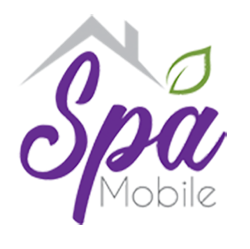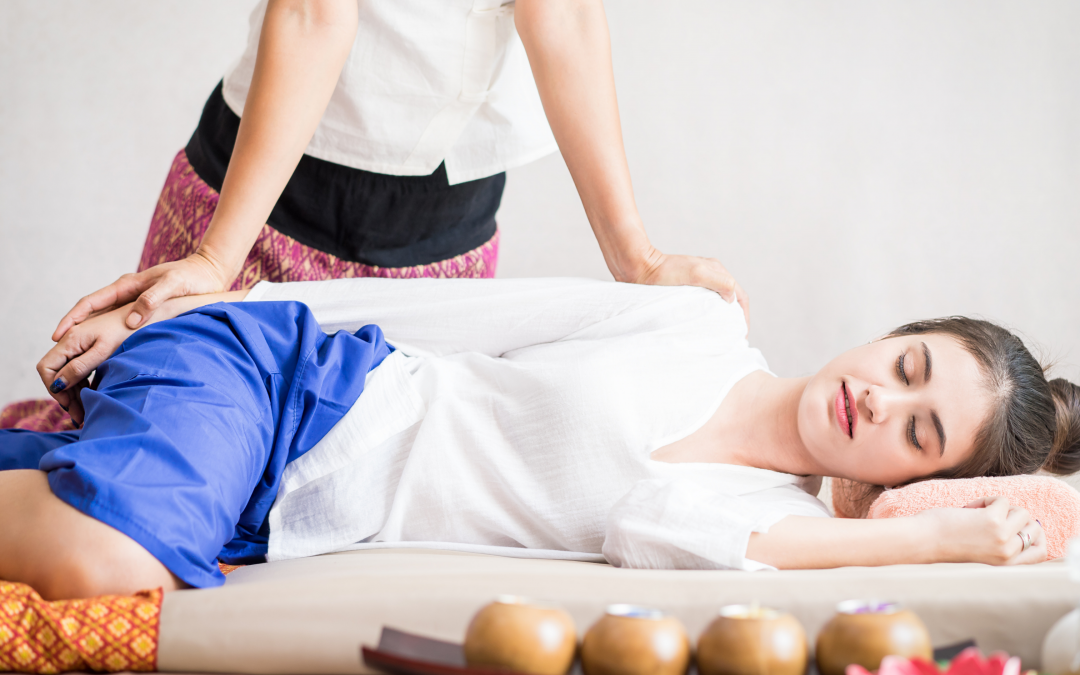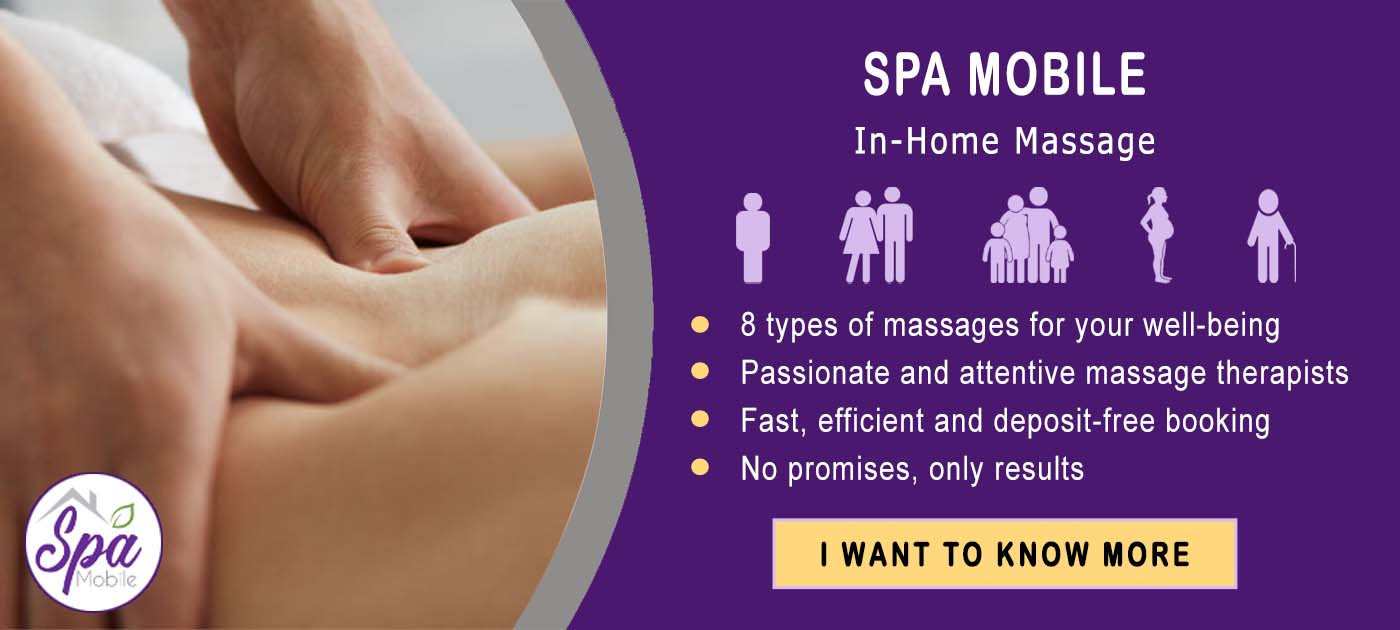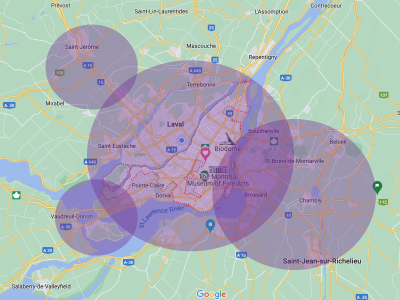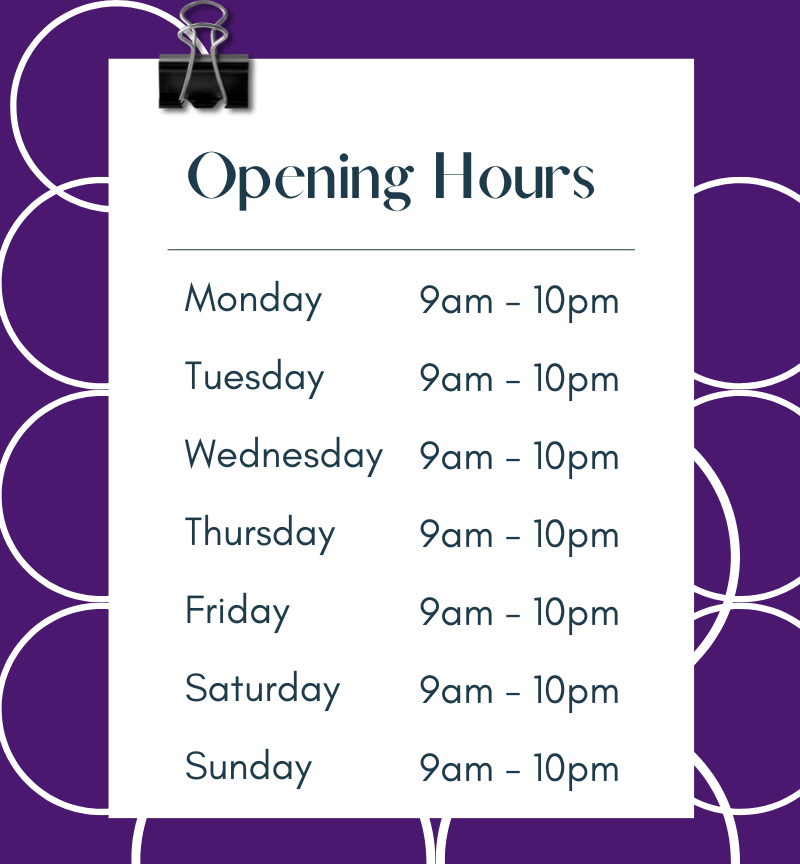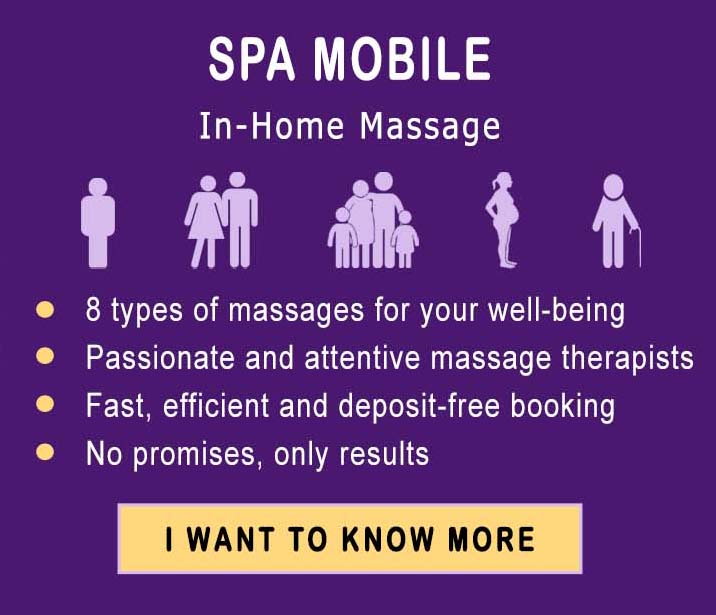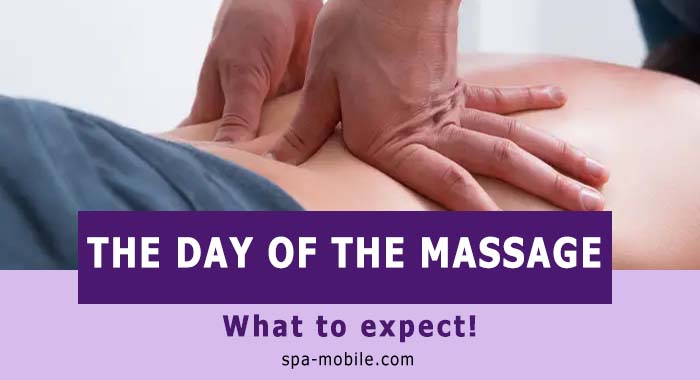Have you heard of Thai massages, and are you considering getting a massage?
You don’t know what to expect and want to learn more about this ancient therapy?
In this article, you will find everything you need to know before receiving a Thai massage.
The Thai name for traditional Thai massage is Nuad Bo-Rarn. It is a therapy that combines the techniques and benefits of yoga and acupressure. Thai massage offers several health benefits.
What is a Thai massage?
Thai massage, also known as Thai yoga massage or informally as lazy yoga, combines assisted yoga with acupressure techniques.
Thai massage has not been invented in recent years, decades, or even centuries. This ancient massage therapy dates back more than 2500 years.
Thai massage didn’t even technically originate in Thailand. People believe it originated in India when the Buddha was alive. His doctor, Shivago Komarpaj, is credited with creating this form of therapy, which is now widespread in Thailand. Buddhism is Thailand’s national religion, so it’s easy to see how it would have made it to the country.
This massage has gained immense popularity worldwide and is renowned for its many health benefits.
Main types of Thai massage
- Traditional Thai massage is mainly based on the ancient Thai technique. It involves various activities such as passive yoga, stretching and applying pressure to active points. A massage therapist may use their hand, knee, and other body positions during the massage.
- Thai foot reflexology: Foot massage is ideal for people who walk most of their time. It is a Thai massage that can eliminate foot fatigue and involves kneading and massaging the feet using wooden sticks or hands. However, your massage therapist will first wash your feet in a bath with a scrub and aromatic oils.
- Herbal Thai Massage: This type of massage uses steaming bags filled with herbs such as camphor, ginger, patchouli and saffron. These bags are usually warm, and the massage therapist will place them very tightly on your skin. The pressure gets stronger as the rollers cool, which helps boost metabolism, improve skin elasticity and increase muscle tone.
The benefits of Thai massage
Thai massages have many benefits, as the muscles are manipulated through various techniques and applied pressures, releasing tension and endorphins to help you feel good. The theory of these benefits also lies in the influence of Chinese medicine, and the philosophy of acupressure, which believes that we all have meridians in our bodies and along these meridians are acupressure points.
Stimulating the acupressure points allows for a healthier flow of energy. The energy is known as Qi or Chi. Admittedly, the medical evidence is sparse. However, there are very few downsides and many potential benefits, such as:
1. Excellent stretches
Traditional Thai massage has been linked to Muay Thai since this art exists. Why? Heavy-duty massage is excellent for limbering limbs for athletic performance and relieving deep muscle tension afterwards, benefiting martial artists and stressed-out people.
2. Improved mental well-being
It may seem obvious, but having an experience of physical relaxation is good for the mind. Many studies have found a significant improvement in the mental well-being of patients with musculoskeletal pain when treated with massage. Like Tai Chi and Yoga, traditional Thai massage is as much a moving meditation as a massage.
3. Decreased Cortisol Levels
The increase in serotonin and reduction in cortisol in people who have received massages is likely a contributing factor to feelings of well-being after massage. Cortisol is a stress hormone, and serotonin is the happiness hormone. This is a clearly positive result.
4. Improved circulation
Although not medically researched, traditional Thai massage has long been believed to be beneficial for blood circulation. It is said to help reduce migraines through acupressure. While the invisible energy lines believed to move through the body are hotly contested by medical research, significant anecdotal and experimental evidence supports this claim.
5. Behavioral treatment for children with autism
Children with autism generally experience much higher levels of anxiety and stress. Traditional Thai massage has been shown to improve stereotypical behaviours in autistic children to some extent.
6. Human contact is the language
We instinctively respond to human touch from birth and are drawn to it (or repelled by it, depending on circumstances) throughout our lives. The contact with another human in a relaxing scenario devoid of the pressures of the natural world is priceless. Touch strengthens relationships and is a marker of closeness. It increases cooperation but also indicates the strength of bonds between people.
7. Reprogram the mind
Massage increases the frequency of brain waves. This particular brain wave is closely associated with deep rest and sleep. With less intense forms of massage, you can feel like you’re falling asleep on the massage table.
How is a traditional Thai massage performed?
The best way to imagine a traditional massage is to imagine the massage therapist arranging your body in different yoga positions.
You should also expect it to be a little tricky at times. Don’t be surprised to feel a knee in your back as the massage therapist stretches your body into a position it’s not used to.
A Thai massage usually begins with the patient lying on a padded mat on the floor. Sometimes, a Thai massage can be done on a table, but the traditional method is to do it on the floor.
This is because the massage therapist uses their body to manipulate yours into various yoga poses. He needs to be able to climb you, and it’s much harder on a table.
The massage therapist then puts your body through stretches and positions using their hands, feet, knees or legs. The massage therapist may also apply direct pressure to certain parts of your body.
No oils or lotions are used. You will be placed in different positions on the mat. You can lie on your stomach, on your back, or even on your side.
If you have never had a Thai massage before, you may experience some pain. The massage therapist unblocks your body’s energy pathways using pressures and stretches that can be uncomfortable.
If you feel any discomfort, talk to your massage therapist. Most Thai massage therapists are aware of causing too much pain and will continue more gently if necessary. Many often ask if you’re okay with pressure, so be honest.
Choose massage therapists who are attentive to your situation.
Suppose you have concerns about Thai massage and would like a deep tissue massage to free yourself from muscular pains or a sports massage to improve your physical performance. Isn’t it wise and sensible to turn to massage therapists who know what you’re going through?
Thai massage
Thai massage
Thai massage
Thai massage
